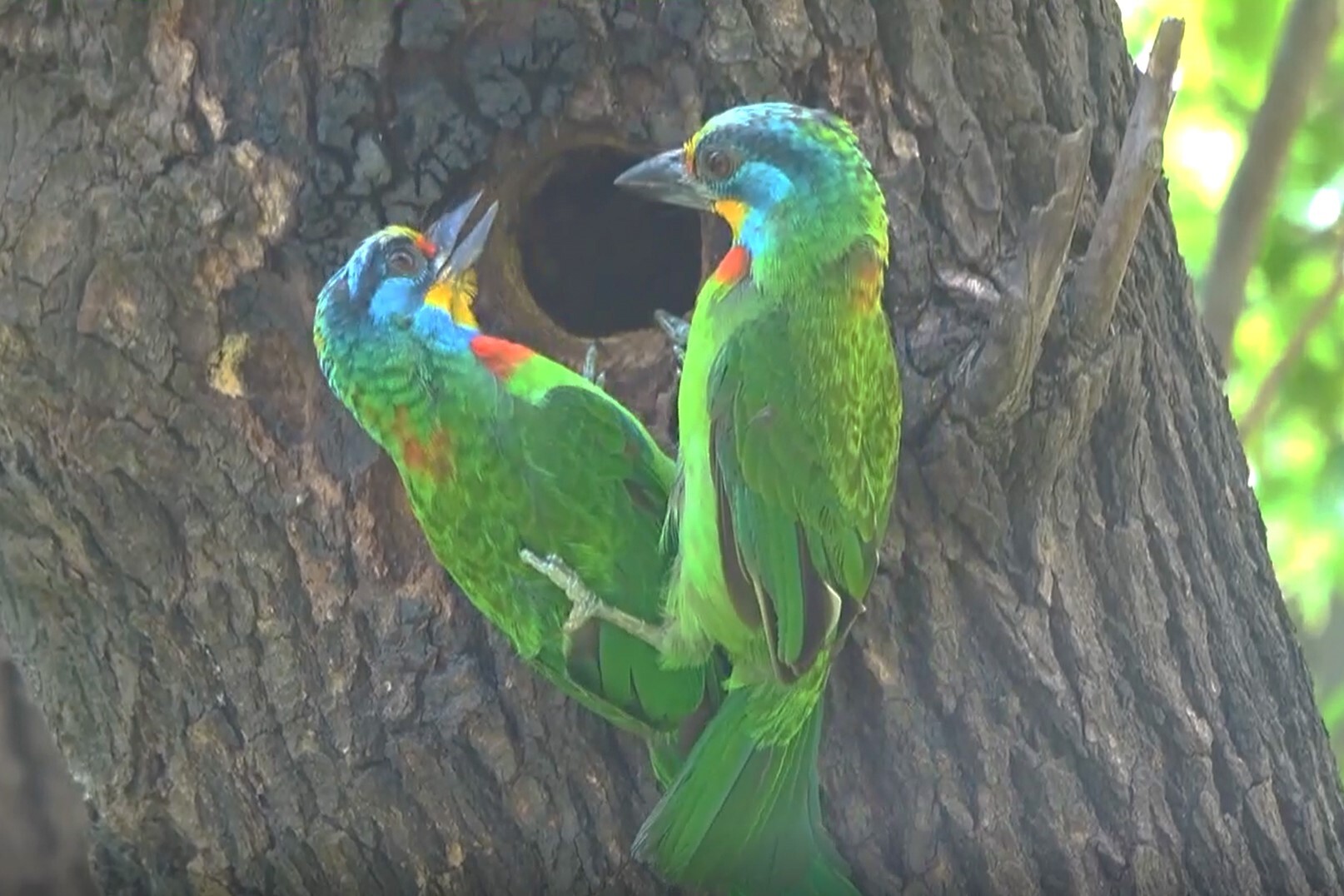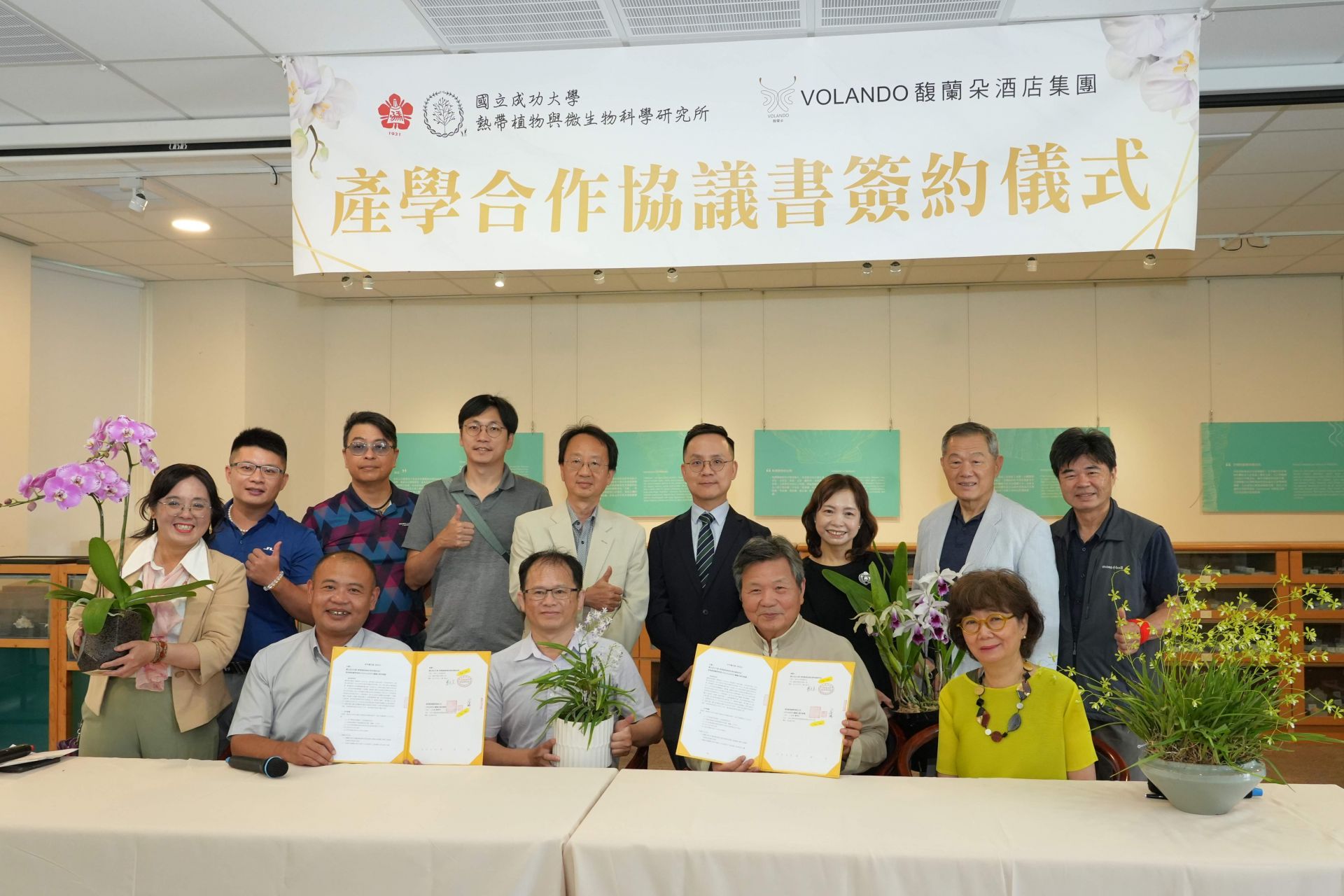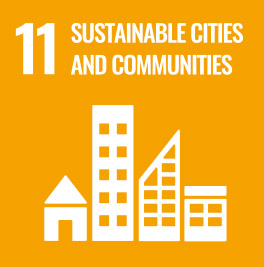National Cheng Kung University (NCKU) Institute of Tropical Plant Sciences Associate Professor Wen-Chieh Tsai, Department of Life Sciences Associate Professor Song-Bin Chang and Orchid Research and Development Center Dr. Yu-Yun Hsiao jointly conducted an international study of the genome sequence of Apostasia shenzhenica (擬蘭). Their paper,“The Apostasia genome and the evolution of orchids”, has been published in Nature today.
The team included 35 researchers from 17 research institutes in Taiwan, China, Belgium, and Japan. Among them are 6 from NCKU; Tsai is listed as the co-corresponding author, and Hsiao the joint first author.
“Orchids carry special meanings for NCKU as well as the greater Tainan area in terms of research, culture and industry,” said NCKU President Huey-Jen Jenny Su in today’s press conference.
Professor Tsai noted, “The team sequenced the Apostasia shenzhenica genome and annotated 21,841 protein-coding genes to solve the hundred-year-old puzzle of the orchid’s evolution.”
There are about 30,000 species of orchids growing in almost every habitat except the north and south poles and extremely hot deserts. Among the extant orchids, Apostasia shenzhenica is one of the most primitive, and its morphological characters are quite different from others, providing a good example to demonstrate the genetic mechanisms of the orchid’s evolution.
As the biggest family among flowering plants (approximately 10%), the orchid’s diversity has been an attractive topic of study for scientists since Darwin.
“I never was more interested in any subject in my life, than in this of Orchids,” wrote Darwin to one of his friends.
“Darwin’s quest for the evolution of orchids was fulfilled by our research team,” added President Su.
Orchids have three sepals and three petals (of which one has specialized to form the labellum with different shapes and colors), stamens and pistil fused into a gynostemium, and pollens unified into pollinium on the stigma. With external pollination, they produce hundreds of thousands of seeds without endosperm. The seeds must intergrow with orchid mycorrhizal fungi for germinating.
However, Apostasia shenzhenica has no specialized labellum, its pollens are powdery, and it is a terrestrial but not epiphytic orchid.
The study of the genome sequence of Apostasia shenzhenica proves there was a whole-genome duplication of orchids. The comparative analyses show the changes within MADS-box gene classes during orchid evolution and the forming of specialized organs are the main causes of the extraordinary diversity of orchids.
The team pointed out, “deciphering the genome sequence of Apostasia shenzhenica helps understand the orchid’s functional evolution and adapting process, and could be applied to precise breeding of orchids to cultivate new varieties adaptable to extreme climate.”
Most orchids are insect-pollinated and symbiotic with fungi in nature and therefore, are important ecological indicator species.
“Knowing the process of the orchid’s evolution and adaption also explores the ecological balance and provides data and references for environmental changes,” concluded the team.
The team included 35 researchers from 17 research institutes in Taiwan, China, Belgium, and Japan. Among them are 6 from NCKU; Tsai is listed as the co-corresponding author, and Hsiao the joint first author.
“Orchids carry special meanings for NCKU as well as the greater Tainan area in terms of research, culture and industry,” said NCKU President Huey-Jen Jenny Su in today’s press conference.
Professor Tsai noted, “The team sequenced the Apostasia shenzhenica genome and annotated 21,841 protein-coding genes to solve the hundred-year-old puzzle of the orchid’s evolution.”
There are about 30,000 species of orchids growing in almost every habitat except the north and south poles and extremely hot deserts. Among the extant orchids, Apostasia shenzhenica is one of the most primitive, and its morphological characters are quite different from others, providing a good example to demonstrate the genetic mechanisms of the orchid’s evolution.
As the biggest family among flowering plants (approximately 10%), the orchid’s diversity has been an attractive topic of study for scientists since Darwin.
“I never was more interested in any subject in my life, than in this of Orchids,” wrote Darwin to one of his friends.
“Darwin’s quest for the evolution of orchids was fulfilled by our research team,” added President Su.
Orchids have three sepals and three petals (of which one has specialized to form the labellum with different shapes and colors), stamens and pistil fused into a gynostemium, and pollens unified into pollinium on the stigma. With external pollination, they produce hundreds of thousands of seeds without endosperm. The seeds must intergrow with orchid mycorrhizal fungi for germinating.
However, Apostasia shenzhenica has no specialized labellum, its pollens are powdery, and it is a terrestrial but not epiphytic orchid.
The study of the genome sequence of Apostasia shenzhenica proves there was a whole-genome duplication of orchids. The comparative analyses show the changes within MADS-box gene classes during orchid evolution and the forming of specialized organs are the main causes of the extraordinary diversity of orchids.
The team pointed out, “deciphering the genome sequence of Apostasia shenzhenica helps understand the orchid’s functional evolution and adapting process, and could be applied to precise breeding of orchids to cultivate new varieties adaptable to extreme climate.”
Most orchids are insect-pollinated and symbiotic with fungi in nature and therefore, are important ecological indicator species.
“Knowing the process of the orchid’s evolution and adaption also explores the ecological balance and provides data and references for environmental changes,” concluded the team.























